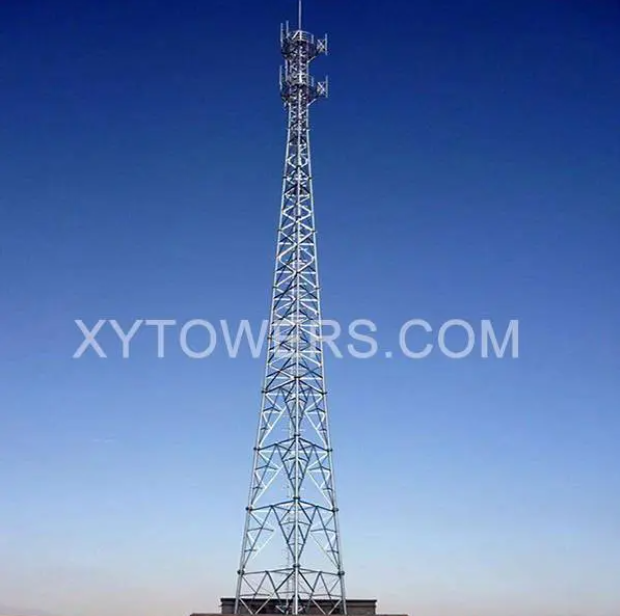
Lattice towers, also known as angle steel towers, were the pioneers in the telecom industry. These towers were constructed using steel angles to form a lattice structure, providing the necessary support for antennas and telecommunication equipment. While these towers were effective, they had limitations in terms of height and load-bearing capacity.
As technology advanced, the demand for taller and more robust towers grew, leading to the development of angular towers. These towers, also known as 4 legged towers, offered increased height and load-bearing capabilities, making them ideal for supporting heavy telecommunication equipment, including microwave antennas. The angular design provided greater stability and allowed for the installation of multiple antennas, catering to the growing needs of the telecom industry.
With the rise of the angular tower, lattice tower manufacturers began to adapt to the changing market demands. They incorporated new design elements and materials to enhance the strength and durability of lattice towers, ensuring they remained a viable option for telecom companies.
Today, telecom tower manufacturers offer a diverse range of tower designs, including lattice, angular, and hybrid towers that combine the strengths of both designs. These towers are engineered to meet specific requirements, whether it’s for urban areas with space constraints or remote locations with harsh environmental conditions.
Telecommunication tower design has become more sophisticated, taking into account factors such as wind resistance, structural integrity, and environmental impact. The focus is not only on functionality but also on sustainability and aesthetics, as towers are now integrated into the surrounding landscape with minimal visual impact.
In conclusion, the evolution of telecom towers from lattice to angular has been driven by the need for taller, stronger, and more versatile structures to support the ever-expanding network of communication. As technology continues to advance, we can expect further innovations in tower design and manufacturing, shaping the future of telecommunication infrastructure.
Post time: Jul-18-2024





